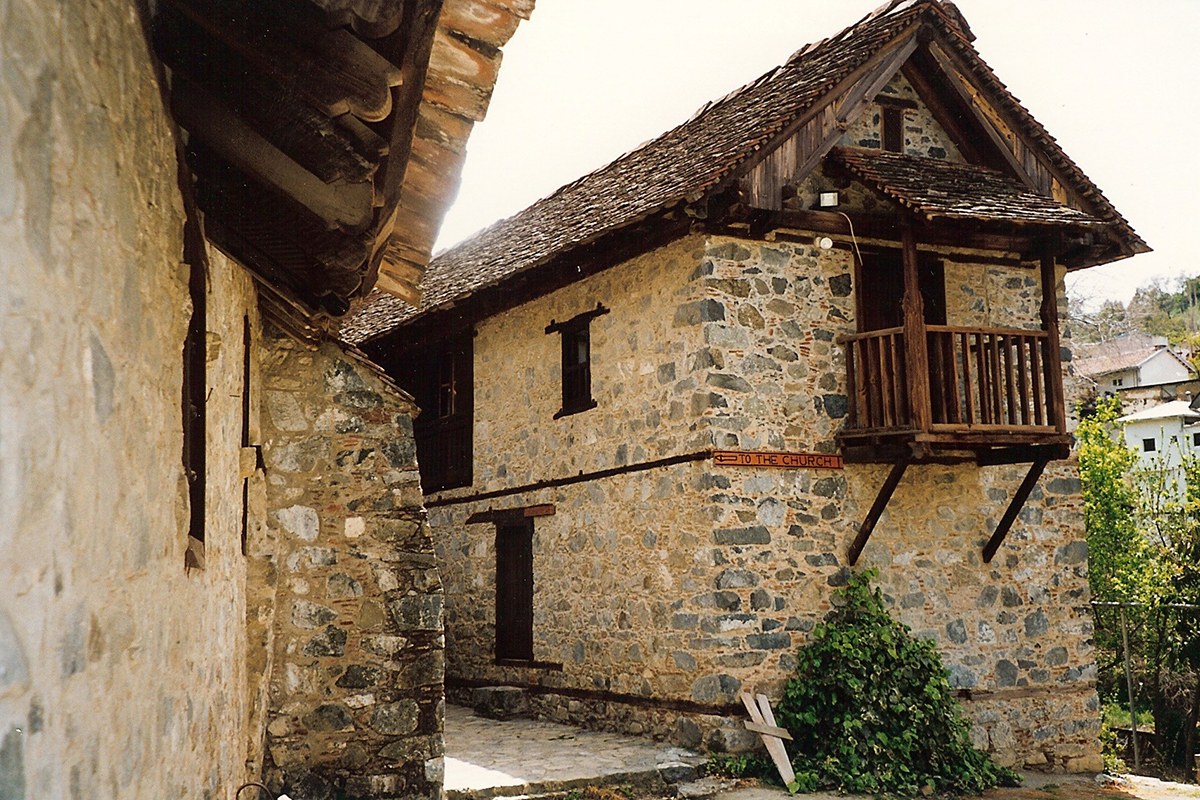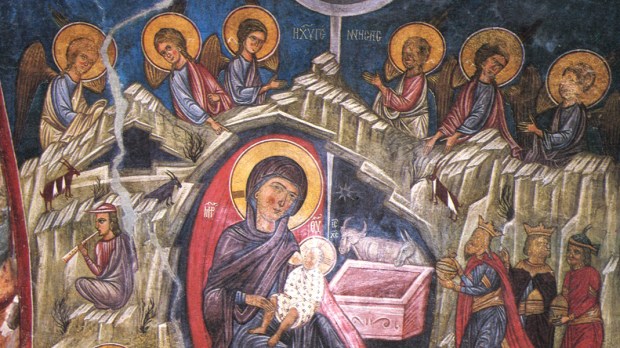Lenten Campaign 2025
This content is free of charge, as are all our articles.
Support us with a donation that is tax-deductible and enable us to continue to reach millions of readers.
The island of Cyprus, in the eastern Mediterranean, is famous for being a cultural crossroads between the East and the West. That hybrid identity is summarized in the unique architecture of its “painted” churches, a series of structures nestled in the mountainous Troodos region.
From the outside, these small churches look like simple, unassuming buildings. One could easily mistake them for rural warehouses. It is only by stepping inside that their true identity is revealed. Stunning Byzantine murals completed between the 11thand 14th century gained these churches entrance into the ranks of UNESCO’s World Heritage Site in 1985. Here are some of the most striking examples of Cyprus’ painted churches:
1. Church of Saint Nicholas of the Roof
Built during the 11th century, this church owes its name to its flat-tiled roof, which was built onto a pre-existing domed roof typical of Byzantine architecture. Its interior walls host a series of frescoes dating from the 14th to the 16th centuries. The murals feature the typical color scheme of Byzantine art — gold, ochre, navy blue — and portray scenes from the life of Jesus as well as icons representing Christ Pantocrator and the evangelists.
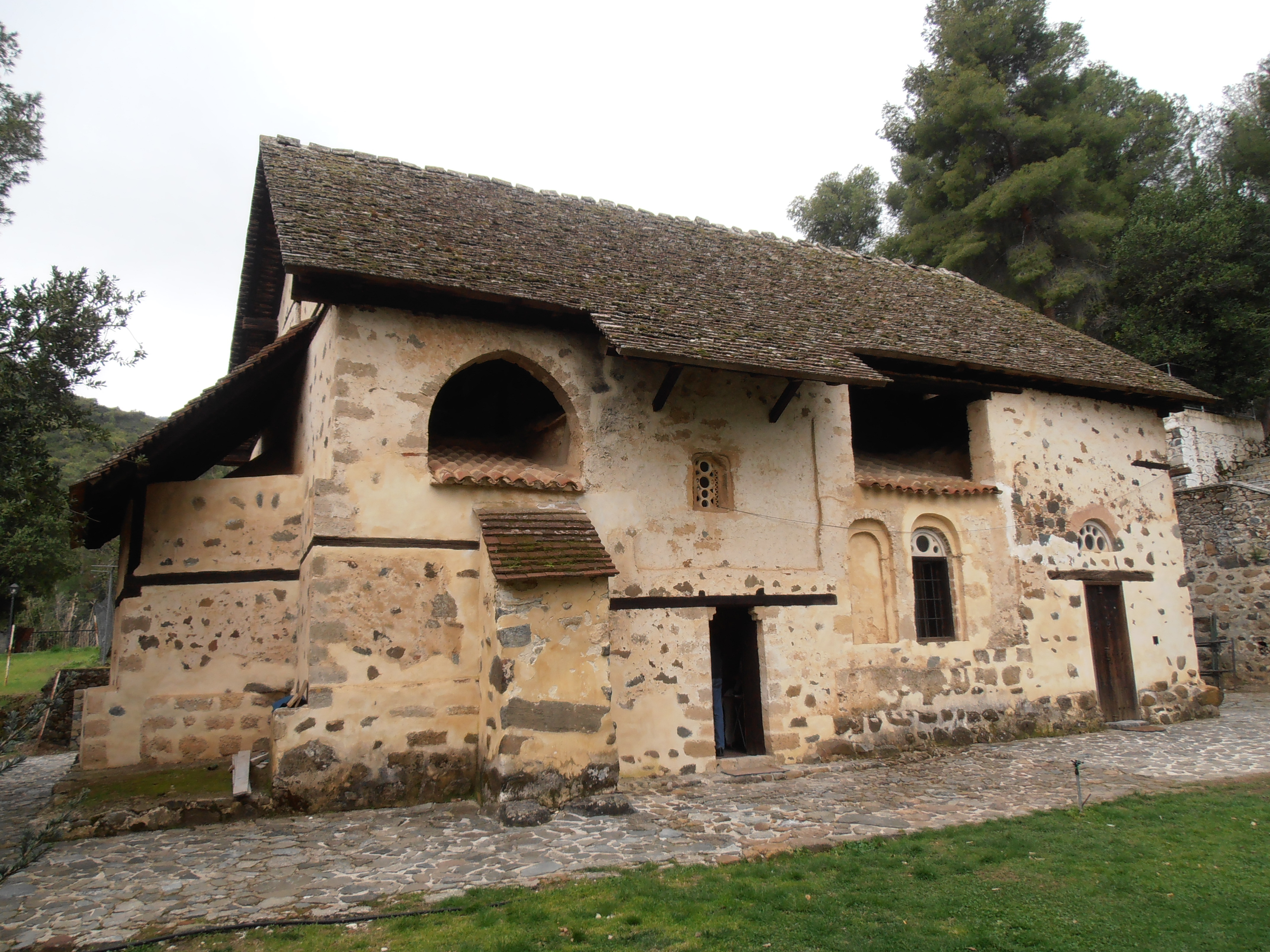
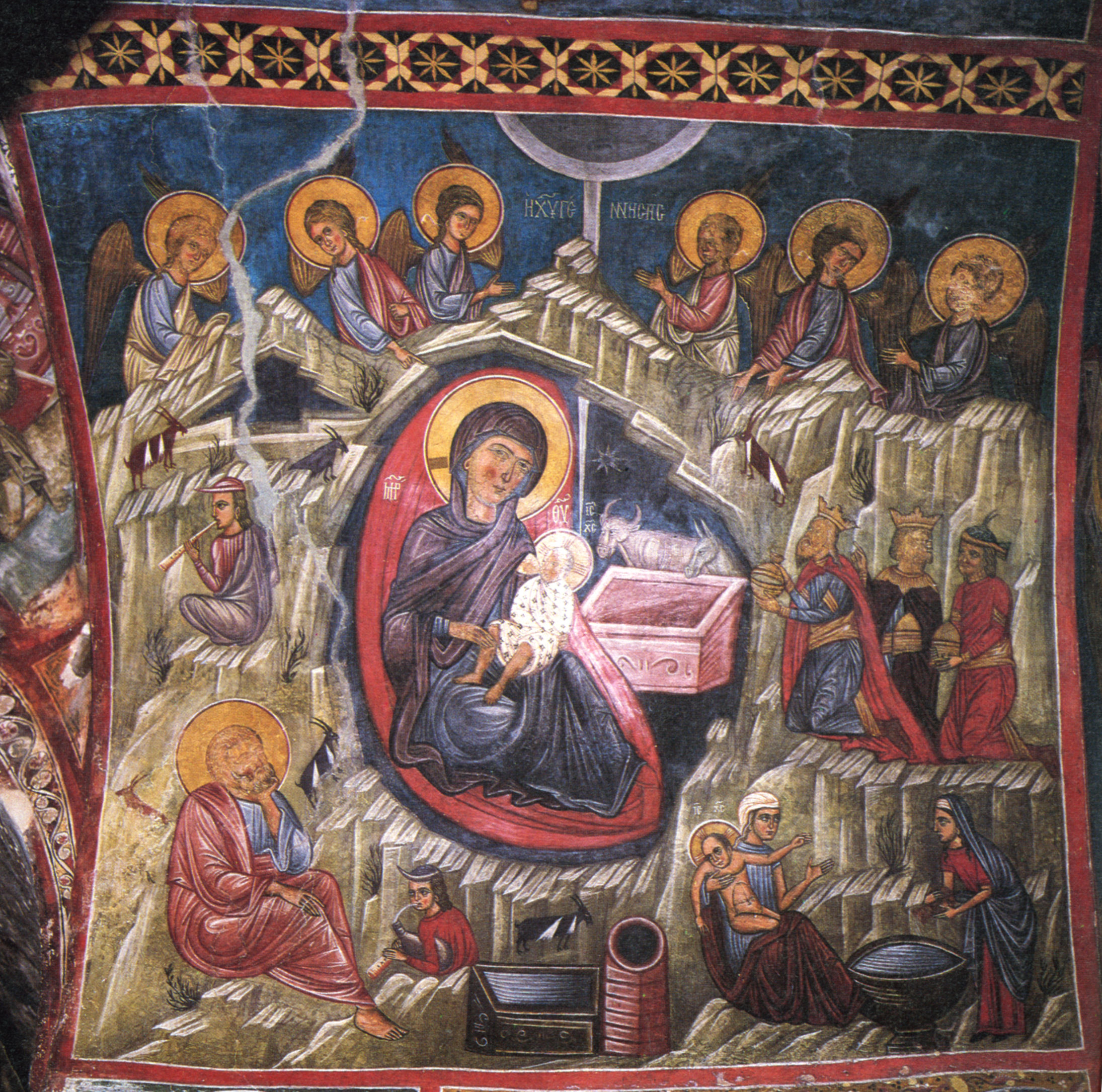
2. Panagia Tou Araka
One of the best-preserved Byzantine structures in Cyprus, the Panagia Tou Araka is built on top of the second highest summit of the Troodos mountains. Its murals, dating to the 11th century, were mostly completed by a trained monk, Theodore Apsevdis. The mural depicting the Virgin of Passion is believed to have been commissioned by Leontios Authentes, a wealthy patron who chose to symbolize the suffering of Cyprus, which at the time was undergoing political turmoil.
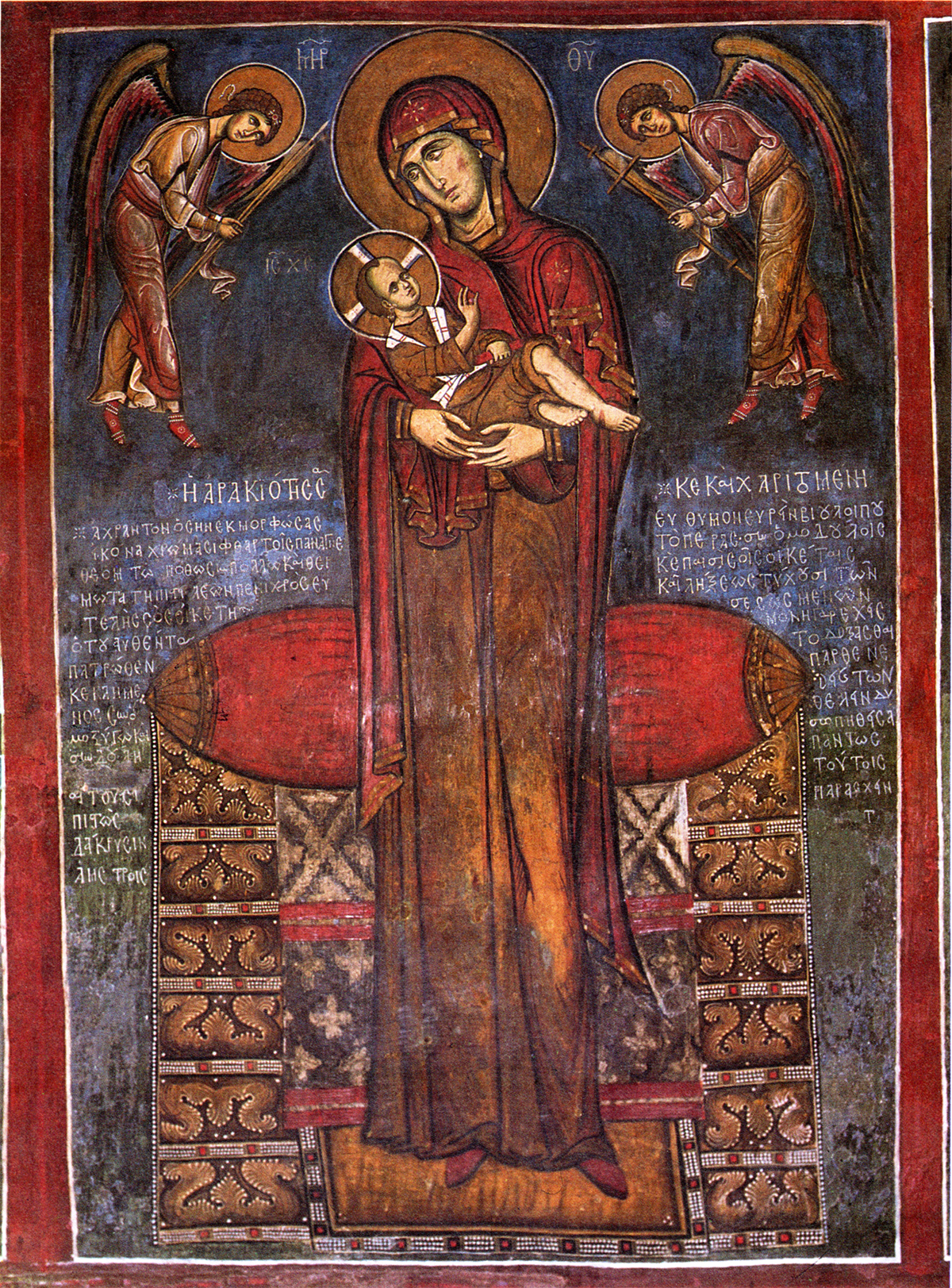
3. Timios Stavros
The Church of Timios Stavros was originally built as a single-aisle dome structure in the 12th century. Its thick stone exterior hides stunning frescoes dating between the 12th and 14th centuries. The north aisle once served as the private chapel of a local lord related to the King of Cyprus.
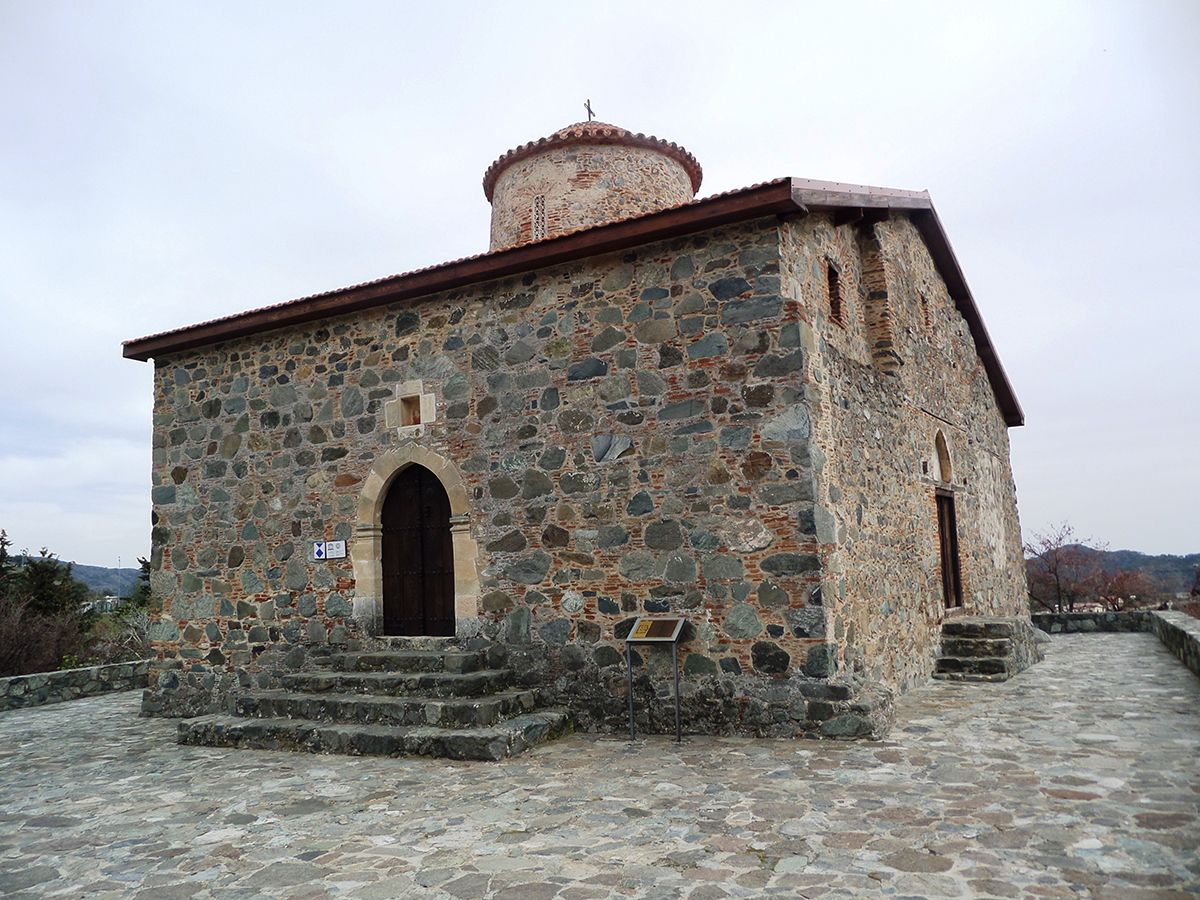
4. Church of Panagia (The Virgin) Phorviotissa (Asinou) Nikitari
From the outside the Church of Panagia Prousiotissa Nikitari could easily be mistaken for a local rustic home. It is actually a sumptuous church built between 1099 and 1105 by a local magistrate, who took religious vows after the passing of his wife. Inside it features rare frescoes dating to the Byzantine school known as “Komneian,” popular during the reign of the Komnenos dynasty.
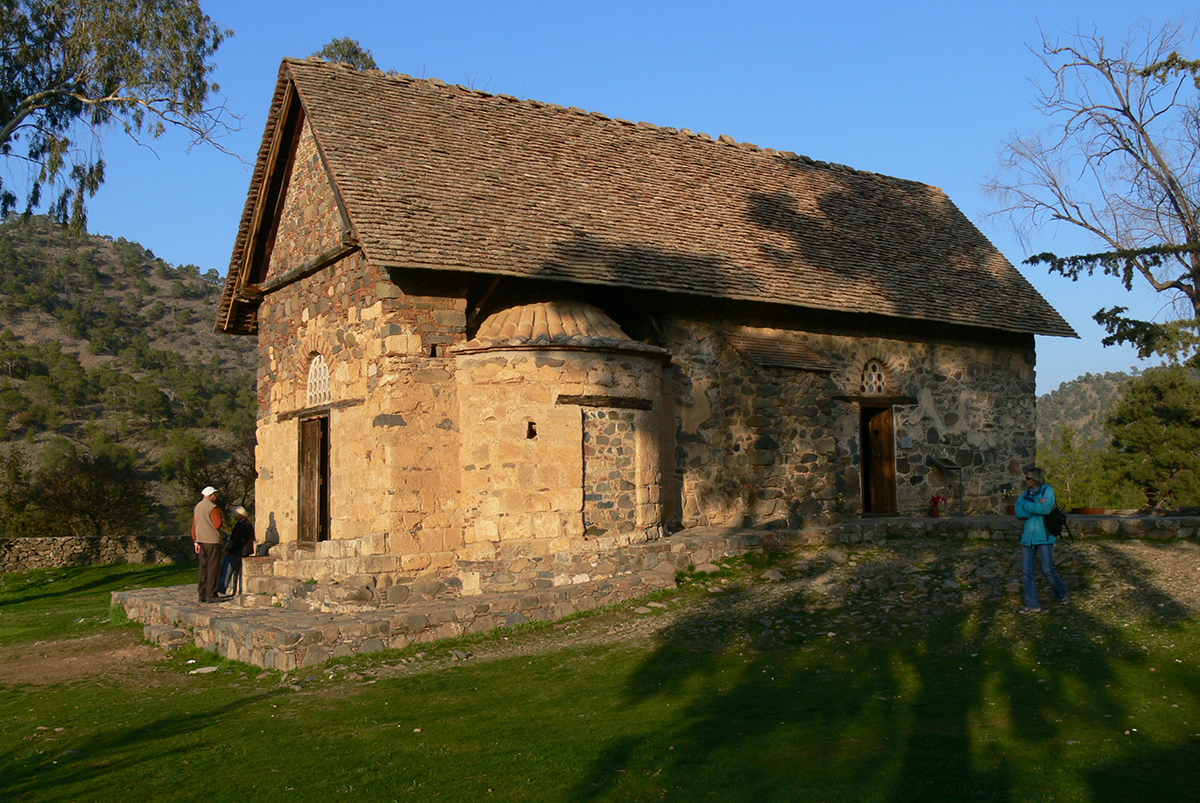
5. Agios Ioannis Lampadistis
The monastery of Agios Ioannis Lampadistis was erected during the 11th century and served as the main church of the area for centuries.
